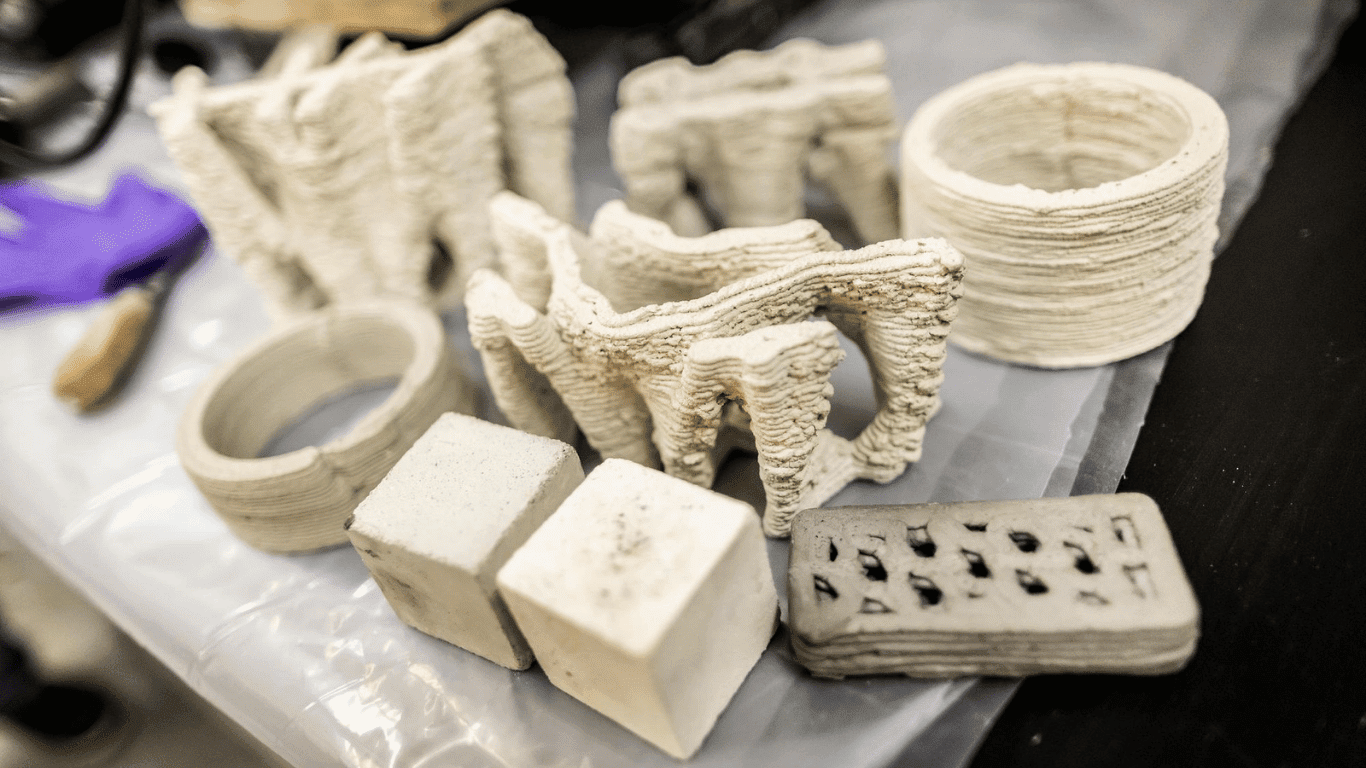Water has obviously always been a necessity of life, providing agriculture, trade, transportation, and life itself. The way in which humans have received running water, however, has varied greatly in our history.
Early Human Life
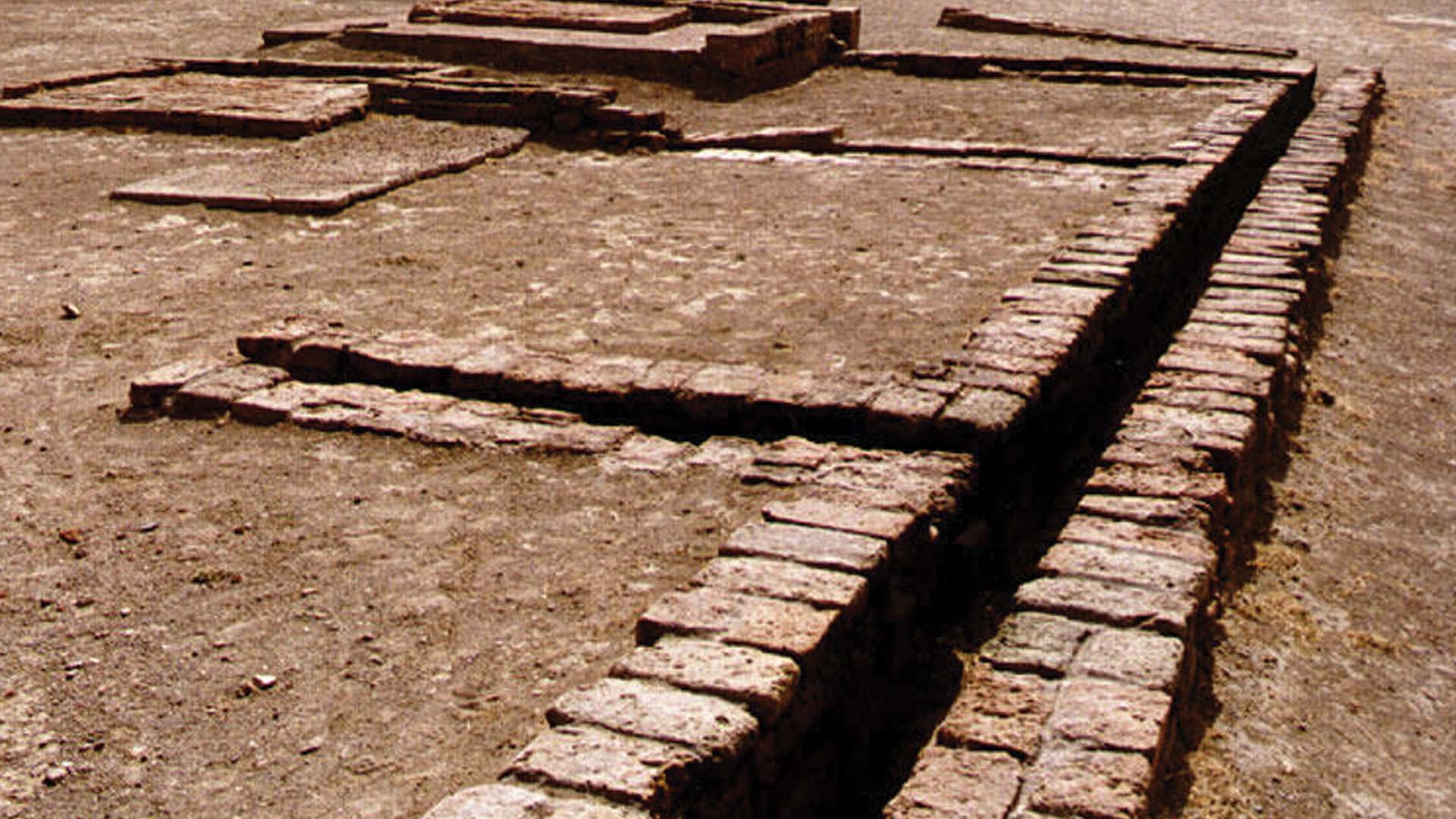
Photo Credit: Harappa.com
Archaeologists discovered the first water pipes in palace ruins of India’s Indus River Valley dating back to 4000-3000 B.C. These pipes were copper, and there were also earthen plumbing pipes dating around 2700 found in their ancient urban settlement.
Pipes were also discovered in Egyptian ruins, dating around 2500 B.C. They were first made out of clay and were later upgraded to copper. The pipes helped move water from the Nile River to help people water their crops and provide running water. The pipes were also found in intricately designed bathrooms inside of the great pyramids.
Furthermore, around 500 B.C., the Chinese used crude bamboo “pipes” to transport gas that seeped to the surface to boil seawater to get drinkable water.
The Greek and Roman Empires
The Ancient Greeks used underground clay pipes for sanitation and water supply. Shortly after, the Roman empire created complex ancient plumbing systems along with aqueducts, underground sewers, and bronze piping systems. Around 52 A.D., Rome had about 220 miles of aqueducts, pipes, and water channels that could carry about 300 gallons of fresh water to Rome’s citizens.
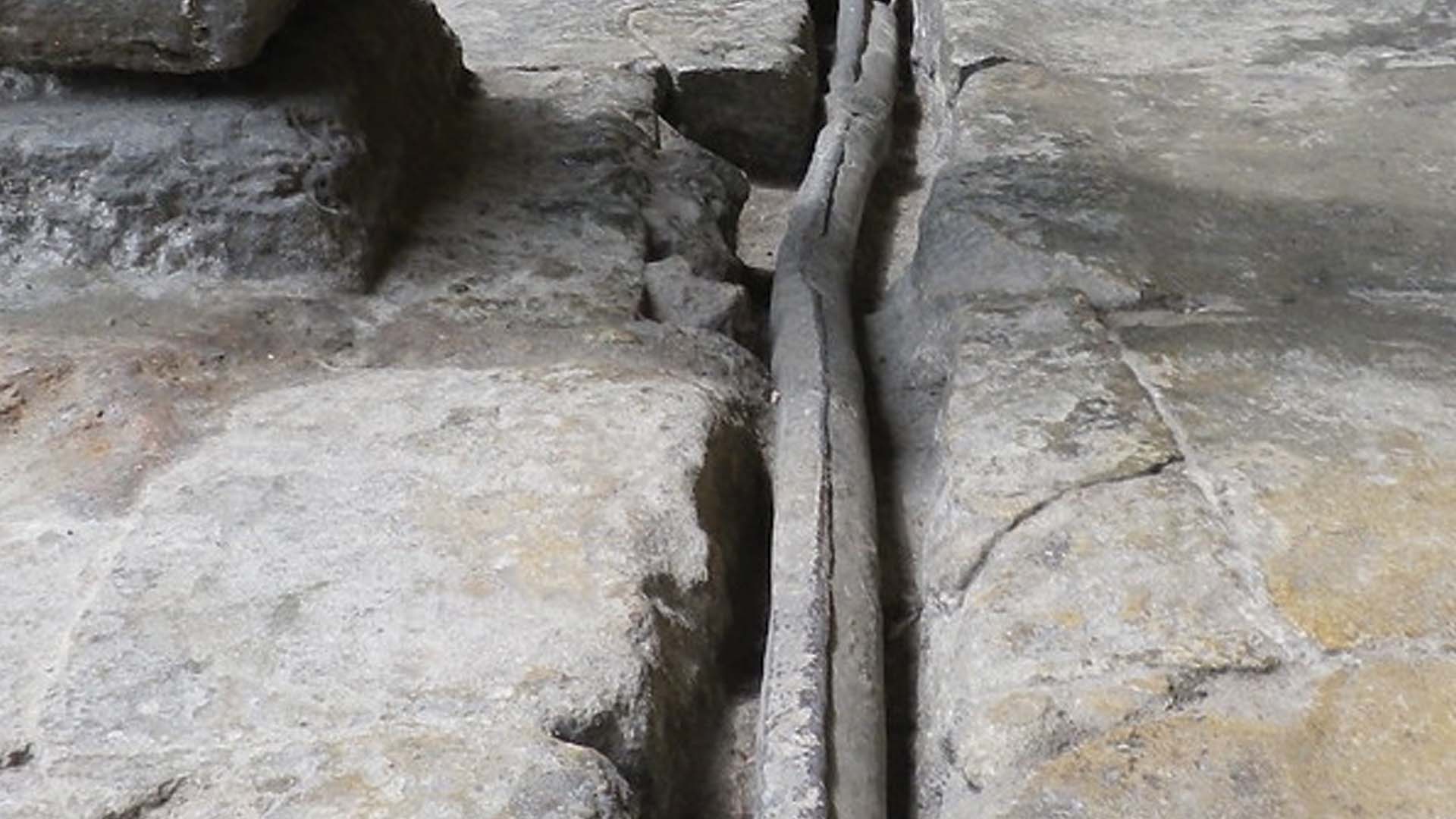
A fatal misstep took place around 200 B.C. when Roman engineers used lead pipes to replace the system already in place. The lead pipes contained toxins that contaminated the water, causing numerous deaths from lead poisoning. Scholars still speculate how much the resulting decline in the size of Rome’s population could have contributed to the downfall of the empire. Furthermore, at the end of the Roman empire, vandals and barbaric tribes leveled and defiled these water systems, placing a long pause on the advancement of running water and pipe systems.
The Middle Ages
After the fall of the Roman and Greek empires, plumbing technology came to a standstill until many decades later. During this time, water sanitation and sewage systems caused many hygiene issues and diseases, such as the Black Plague, typhus fever, and dysentery.
For example, although not directly related to the lack of a plumbing system, the terrible sanitation and lack of bathing or sewage removal at this time played a big role in the Black Plague, a disease that wiped out a third of Europe’s population in just five years, from 1357 to 1362. Following the plague, people started to realize the importance of sanitation and safely disposing of waste and sewage.
Renaissance Period
Following the Middle Ages in the Renaissance Period, toilets and pipes began to be installed. For example, Queen Elizabeth I was gifted the world’s first flush toilet in 1596. In 1652, the first city water system was built in Boston, designed for fighting fires and use in homes. Most of the system was made from hollowed-out tree logs.
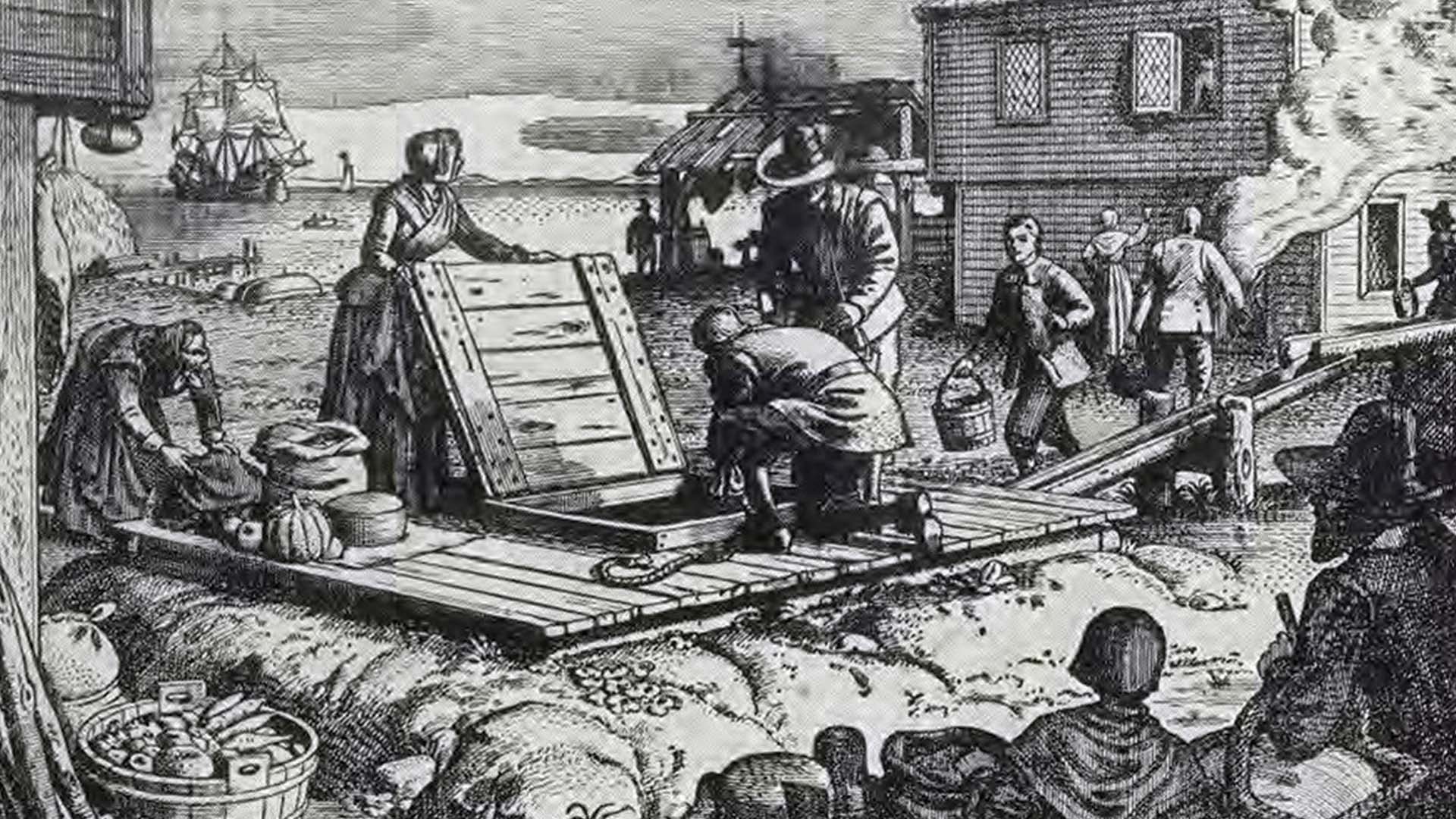
Meanwhile, King Louis XIV in France ordered the construction of main plumbing lines made of cast iron in 1664. to supply water to the palace of Versailles and its nearby town.
Industrial Revolution
Plumbing continued to grow through the 1700s as the Industrial Revolution occurred and people entered cities in the masses. For example, New York City created a network of hollow logs to transport water. It helped fight fires, but it could barely keep up with the growing city’s needs.
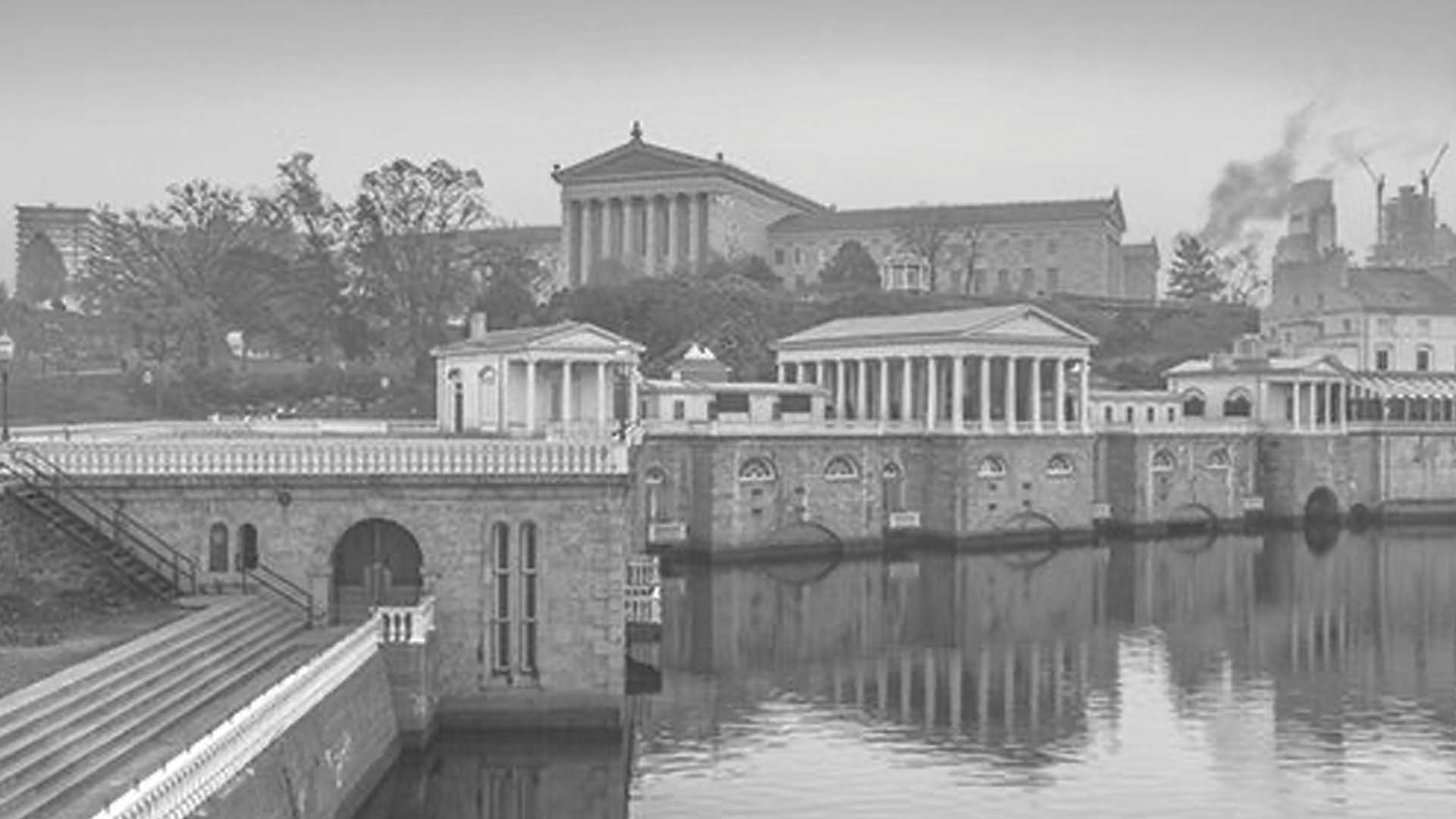
By the early 1800s, most large cities in Europe and the US began to build pipe systems for personal use at home. In 1815, Philadelphia was the first city to take a safe water supply in, using steam turbines to draw water from the Schuylkill River into Centre Square with the more durable cast-iron system. The Tremont Hotel in Boston installed indoor plumbing for its guests with indoor toilets and running water in 1829—the first of its kind. In 1830, the first public water main was installed under New York Streets, and the first floor of the White House received running water in 1833.
America built the first integrated sewer system in Chicago in 1856 as an alternative to dumping waste into Lake Michigan which supplied drinking water to the city. When Lake Michigan’s water mixed with polluted water, there was a deadly outbreak of water-borne diseases that claimed nearly 75 thousand lives.
Great Britain was the first country to design a modern sewage system after civil engineer Joseph Bazalgette couldn’t handle the smell of London due to the untreated human waste flowing in the River Thames in 1858. This followed John Snow’s map in 1847 that proved that cholera was caused by drinking water that had been contaminated with wastewater. He proved his theory when the epidemics ceased in those areas where pumps had been closed.
The 1900s
The early 1900s saw an increase in indoor plumbing and running water throughout the world. In 1940, the War Production Board restricted the use of iron, steel, and copper due to World War II. As a result, plastic piping was introduced to the United States in 1952. In 1955, the first polyvinyl chloride (PVC) pipes were laid in the U.S, which have continued to be popular in the world.
In the 1950s, ductile iron pipes were also introduced as an improvement to cast iron. This is because it is more durable, strong, and cost-effective, and it has a similar corrosion resistance to cast iron pipes, making it a great material for running water and wastewater uses.
The 1900s also saw many regulations in water conservation and plumbing. For example, the first standardized plumbing codes came about in the 1930s, making hygiene guidelines and sanitary plumbing uniform nationally. In 1978, California adopted the first conservation law stipulating that toilets mat use no more than 3.5 gallons per flush—previously, toilets consumed at least 6 gallons per water. Furthermore, in 1992 the United States Energy Policy Act reduced water-flow rates into plumbing fixtures nationally, outlawing toilets that flush more than 1.6 gallons per flush.
Future of Running Water: Ductile Iron Pipes
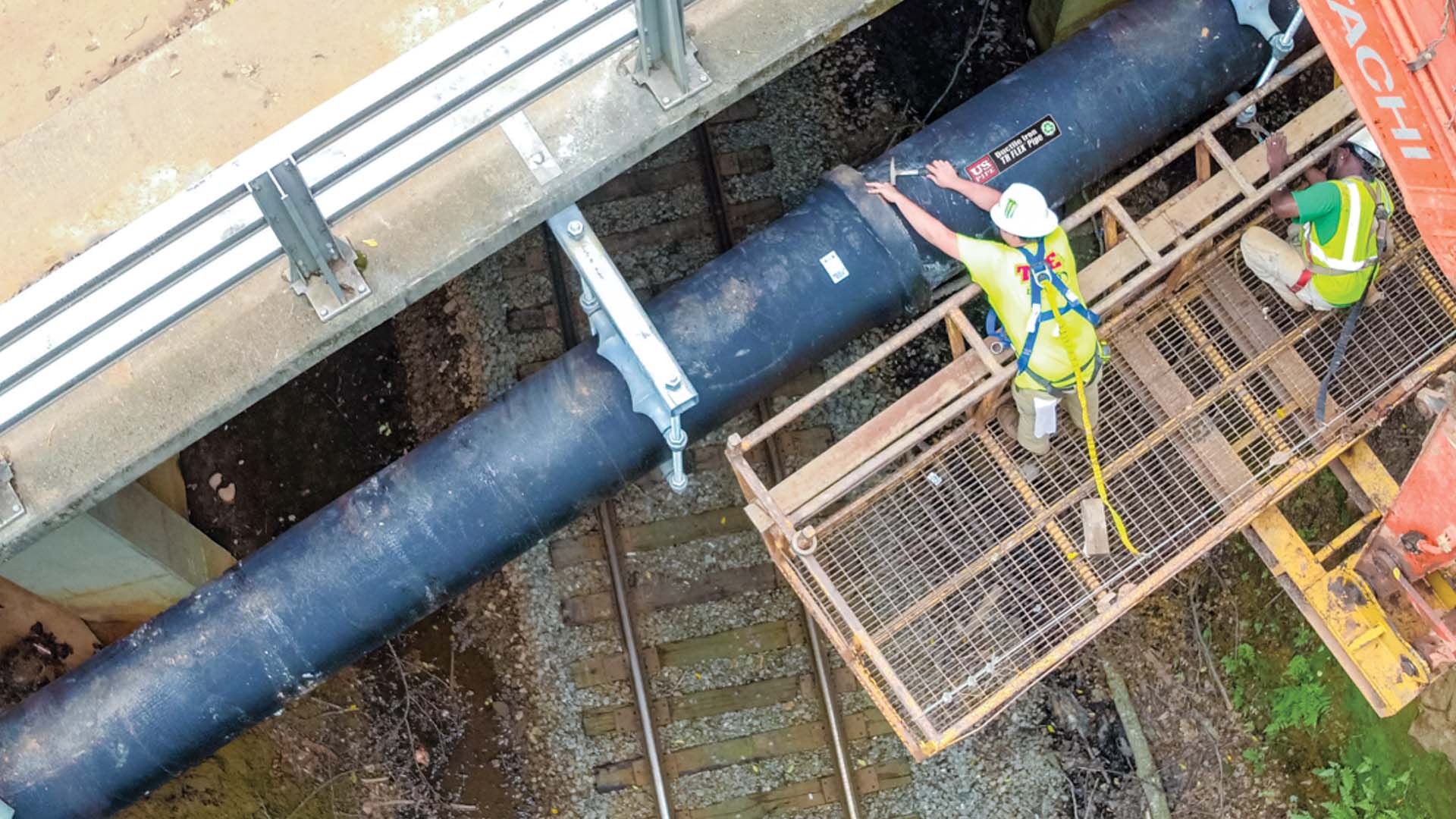
Today, many towns have switched to ductile iron pipes because of their benefits. For example, unlike the popular PVC pipes, they can handle the stress of natural disasters, temperature, and time. Ductile iron pipes are also 38% less expensive and much easier to install than PVC pipes. Even better, ductile iron pipes are made from over 90% recycled materials from companies like the U.S. Pipe, making it the most sustainable pipe material! PVC pipes are made from petrochemicals in a process that is harmful to the environment.
To watch ductile iron pipe be made and installed, stream Tomorrow World Today’s “Pipe Dreams” on SCIGo and Discovery GO!





